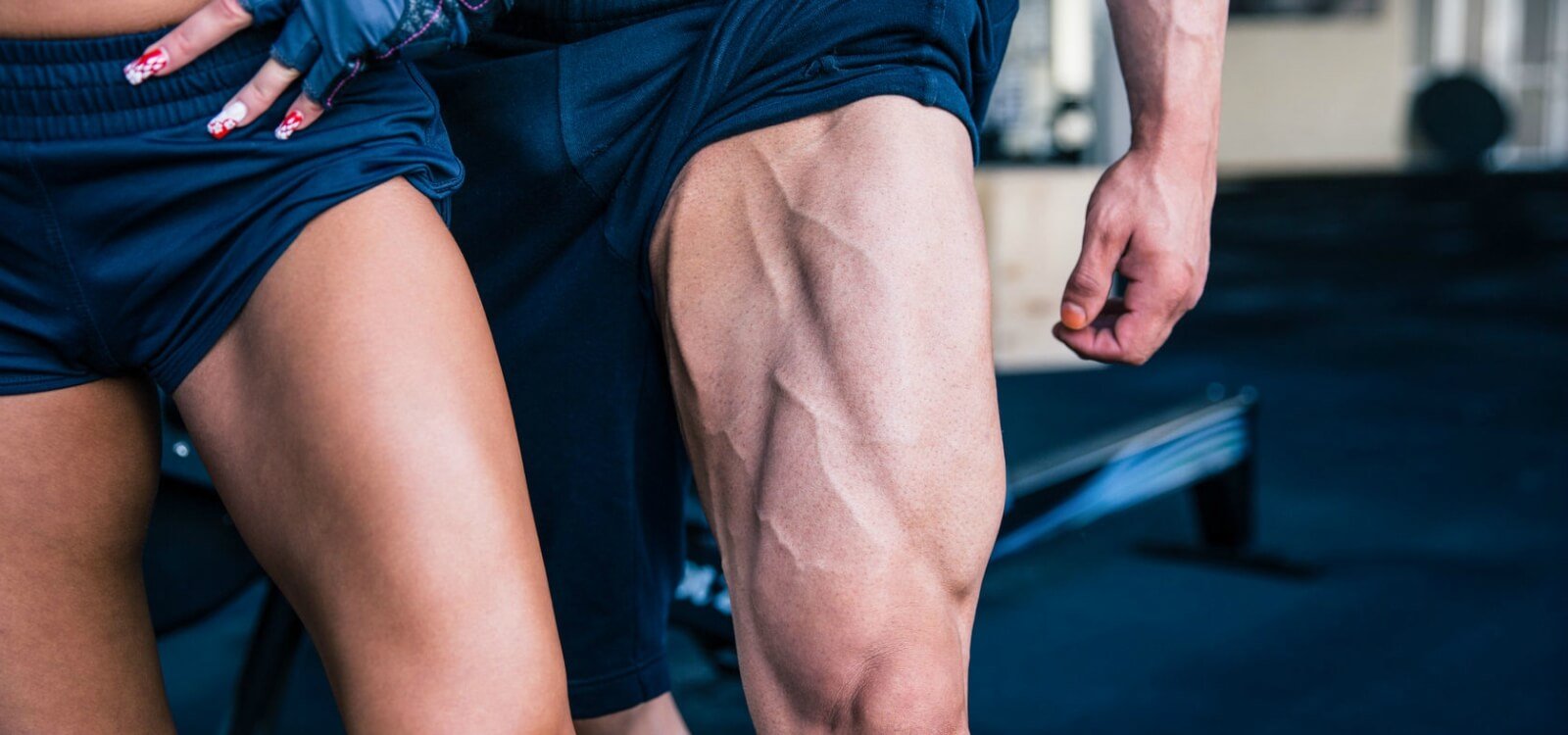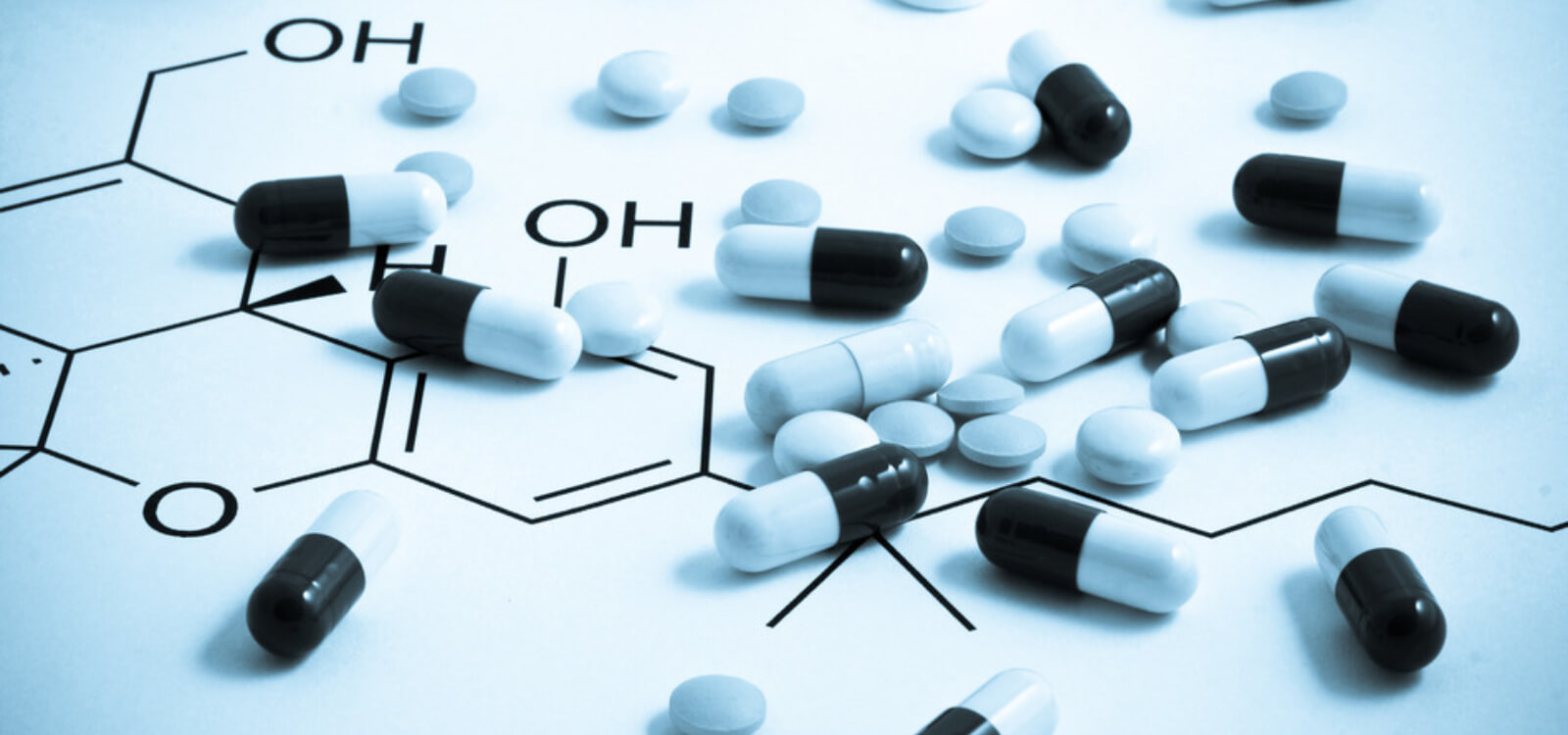Key Takeaways
- L-carnitine L-tartrate is a supplement that’s sold frequently to help with muscle recovery, but there’s also evidence that it can help directly support muscle growth.
- Some studies show that L-carnitine L-tartrate can increase the androgen receptor content in muscle, potentially making your body’s testosterone more effective.
- If you want to get the potential muscle-building and recovery benefits of L-carnitine L-tartrate, take two grams per day.
We got protein, that builds muscle.
Got some creatine, and I guess we can add beta-alanine to the list as well. Got three things that build muscle.
Aaaaand, we’re done.
Muscle building supplements are weird like that—not that many really work.
Things that directly build muscle, rather than just stimulating you to the point where you Energizer Bunny all over the dumbbells and reap the consequences, are few and far between.
Enter, L-carnitine L-tartrate. A potential addition.
L-carnitine L-tartrate (LCLT) is a supplement that’s composed of L-carnitine bound to tartaric acid. The tartaric acid is essentially inert, however, and exists simply to stabilize and deliver the L-carnitine. In other words, LCLT is basically just a more stable L-carnitine.
LCLT an amino acid that’s sold as a muscle recovery supplement and the research on it seems to be sort of the “exercise varant” of L-carnitine supplementation—when there’s a study assessing L-carnitine and exercise they commonly use the LCLT form.
It does seem to help with muscle recovery, but currently we aren’t certain how this occurs. There are three major theories currently:
- Altering substrate utilization, or making the body switch how much glucose it burns for fuel relative to fatty acids.
- Increasing oxygenation of the muscle. This is different from “oxidation,” as oxygenation is indicative of increased metabolic activity. More activity, more growth, more results.
- Changing the hormonal status of a cell by increasing it’s androgen receptor content, allowing testosterone to help muscles recover better.
We’re not going to cover the first theory in this article since many supplements interact with substrate oxidation and it’s a fairly boring topic.
And we’re not going to cover the second theory in depth since, while enticing, it’s based on only a single study that has yet to be replicated.
We’re going to cover the theory of LCLT and improving the actions of testosterone since, not only is this a very unique function among supplements, it’s also bloody cool.
What Did The Researchers Do?
The primary study was a seven week trial of L-carnitine L-tartrate (LCLT) supplementation.
LCLT was taken at a dosage of two grams a day, in a split dosage with one gram at breakfast and one gram at lunch, among 10 healthy and recreationally resistance-trained adult men.
To be specific, the two grams refers to the weight of L-carnitine specifically. In actuality it was 2.94 grams of “L-carnitine L-tartrate” collectively as the remaining 944 mg is the weight of the tartaric acid.
The groups were matched to the best of the researchers abilities, given the limited sample size, and the study was performed in a double-blind crossover manner with a one week washout period.
The washout refers to the time between the first three week trial and the second three week trial where the LCLT and placebo groups are switched and both groups stop taking their assigned supplements.
It should be noted that this study did not enforce exercise on the subjects throughout the supplementation period. However, at the end of the three week supplementation periods, all subjects were put through two exercise tests for analysis.
Muscle biopsies were also taken to assess the effects on the muscle tissue in question, and for further analysis (just to test interactions with supplementation and food) groups were also given either a sugar and amino acid mixture or plain water after exercise—there was no LCLT in this particular drink in either group.
What Were The Study Results?

The primary result comes from the muscle biopsy taken from the legs—the vastus lateralis muscle in particular.
After 21 days of supplementation, LCLT was associated with an increased level of the androgen receptor before exercise.
The androgen receptor is the particular “gateway” by which testosterone, and other androgens, exert their functions on the human body—the lock in an analogy by which testosterone is the key.
However, a notable interaction occurred in the post-workout nutrition window. Administration of water, post-workout, also increased androgen receptor content—the combination of LCLT and water had no additive effects while combining LCLT and the sugar and protein supplement did have additive effects.
Or to simplify the above in bulleted form:
- LCLT increased the androgen receptor level while at rest.
- The exercise-induced increase in the androgen receptor was not inherently increased with LCLT supplementation.
- The exercise-induced increase in the androgen receptor was further increased with LCLT when added sugars and amino acids were added after exercise.
A conditional, but relevant, increase. The magnitude was quite large (although, understandably, hard to extrapolate in practical terms) as when comparing the ideal trifecta—LCLT, nutrition, and exercise—against the true control (placebo and before exercise) there appeared to be an approximately 50% increase in androgen receptor expression.
The researchers also assessed a whole host of other hormonal factors and found:
- Testosterone was comparatively lower in the blood when the receptors became more prominent, suggesting they were using the receptors to go into cells.
- LCLT and nutrition seemed to reduce cortisol more than placebo and nutrition.
- Luteinizing hormone (LH), involved in the release and synthesis of testosterone from the testes, was influenced in a similar manner to testosterone (although LH was not being “taken up” by the androgen receptor.)
- Sex-hormone binding globulin (SHBG), a molecule that carries and at times inactivates excessively high sex hormone levels, was increased at all times with LCLT and had no interactions with exercise or nutrition.
- LCLT had no influence on follicle-stimulating hormone.
It should be noted that while an increase in the androgen receptor and testosterone are pro-androgenic, an increase in SHBG is anti-androgenic, and the researchers took a measurement called the “free androgen index” (FAI), to assess whether a net positive or a net negative result occurred.
It was noted that the FAI was increased with LCLT plus water after exercise, but reduced with LCLT and sugar and amino acids. It’s possible this was simply due to testosterone being taken up into cells and thus no longer being in the blood to be measured.
In other words, this means that while LCLT may have some anti-androgenic properties they don’t seem to be potent enough to negate the androgenic properties. Overall, a net positive.
Recommended Reading:
→ What 17 Studies Say About Increasing Your Testosterone Naturally
How Does This Compare to Other Research?

In assessing hormonal theory of LCLT there’s only one other study which has investigated this line of thought. The two studies are similar in concept but, honestly, can’t be directly compared since their methods differ.
While this study found an increase in androgen receptor expression and some other shenanigans, the other study (by the same research group, mind you) assessed many different hormones and found an increase in one of the insulin-like growth factors known as IGFBP-3.
At the very least they are the same duration, both crossover studies, and use the same dosage of LCLT versus placebo in similar subjects. They have that going for them at least.
But ultimately, the results are pretty skewed.
They’re pretty novel in the sense that hearing about a dietary supplement that increases androgen receptor content out of all things is super rare! Such a phenomena means that LCLT could reasonably be called a “testosterone synergist” or something to be added to testosterone boosting supplements.
Personally, I feel that the interactions with the receptors are a result of the other actions of LCLT that have more evidence.
Comparing and contrasting the hormonal theory to the oxygenation theory is a fairly miserable experience since we only have one study on oxygenation (although it’s a good study, and what-do-you-know by the same research group). On the other hand, the substrate theory has multiple studies on it by multiple other research groups.
At the very least those two theories are at least potentially tied into something. Both oxygenation and substrate utilization can, in some way, be linked to the actual role of L-carnitine in a muscle cell where it helps shuttle fat to the mitochondria to be burned as fuel.
The hormonal stuff, in my opinion at least, seems more like a side-effect of a changed energy environment inside the cell.
You see this from time to time, most notably with mTOR and AMPK which serve as “nutrient sensors” for cells. When energy, usually meaning the small molecule cAMP, gets too high or low the cell changes what it “asks” the blood for.
Too low energy levels means that the cell needs more food, and AMPK both draws nutrients into a cell while helping turn said nutrients into energy. Too high energy levels, mTOR tells the cell to start storing it as long-term tissue and repairing muscle tissue.
So to see alterations in the androgen receptor that signify that the cell is requesting growth, with a seemingly increased uptake of testosterone (since the androgen receptor is actually inside the cell, on the nucleus) do seem in line with the idea that a changed energy environment is promoting muscle growth.
But, like most things in the field of supplements, we gotta end with practicality and reality smacking us in the face.
None of these studies even attempted to measure long term muscle growth.
God … damn … it.
Recommended Reading:
→ The Definitive (and Practical) Guide to Muscle Hypertrophy
What Does This Mean For You?
In the most optimistic sense, LCLT has potential as a “testosterone synergist.”
Something that augments the actions of testosterone, and is able to work in otherwise healthy young men with no fertility issues—y’know, testosterone incarnate.
This means that, theoretically, LCLT could be more than just a muscle recovery supplement but rather an earnest muscle building supplement. Rather than something that only works in the elderly or lesser trained it would be the opposite and something that works best in the elite athlete.
That’s super cool and promising.
But much work still needs to be done, including just measuring the damn muscle growth itself. Ultimately theory and creativity in science mean nothing without results—if you put nitrous on a dead horse and inject it with amphetamines it still ain’t gonna run, you’re just gonna get a visit from the ASPCA.
So, we need those studies.
In the meantime you can experiment with LCLT anyways if it’s to your liking. It’s a good molecule for recovery and seems to actually nourish the muscle rather than being one of those recovery supplements that simply blocks adaptations by being an obnoxiously strong antioxidant or anti-inflammatory.
This topic is just one of pedantry to see if we can put LCLT up on the shelf with creatine and beta-alanine. The stuff that is proven to build muscle is pretty lonely after all.
All of this is why we decided to include two grams of LCLT in our post-workout recovery supplement, Recharge.
Recharge gives you the proven strength, size, and recovery benefits of creatine monohydrate plus the muscle repair and insulin sensitivity benefits of L-carnitine L-tartrate and corosolic acid.
So, if you want to build muscle and recover faster after your workouts, then you want to try Recharge today.










